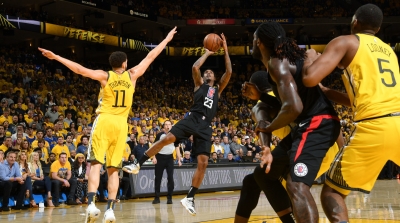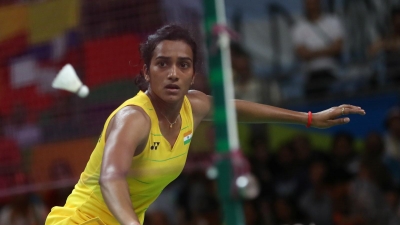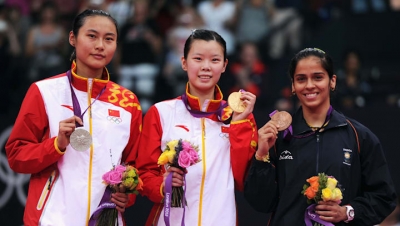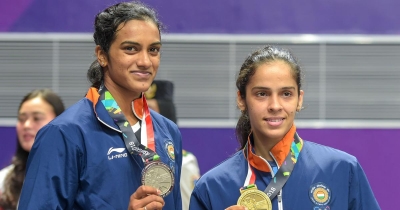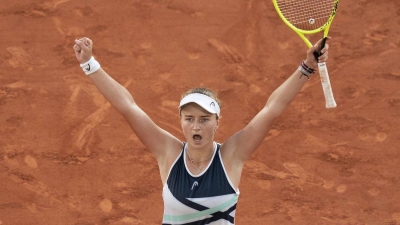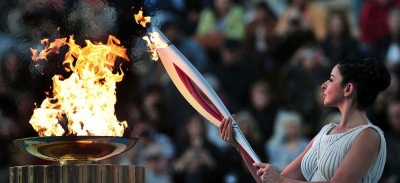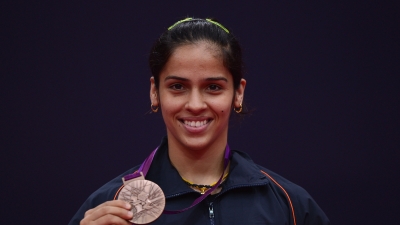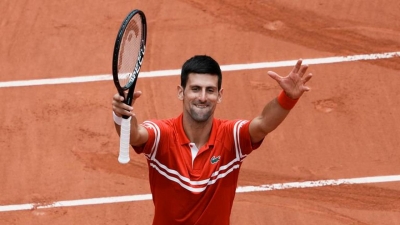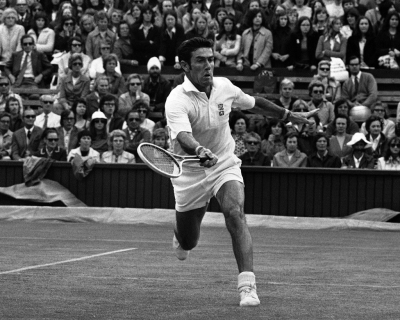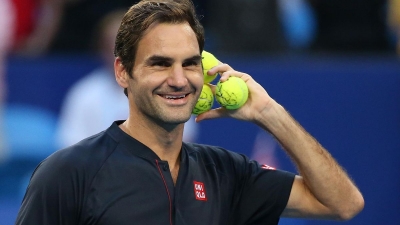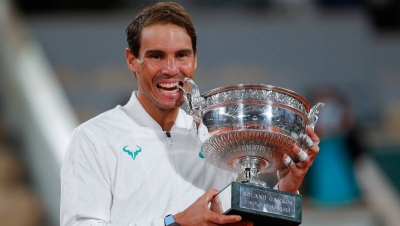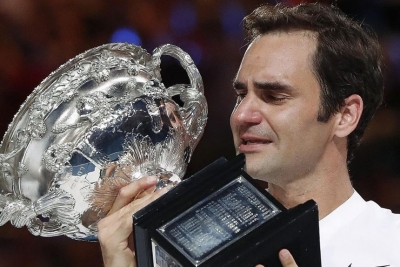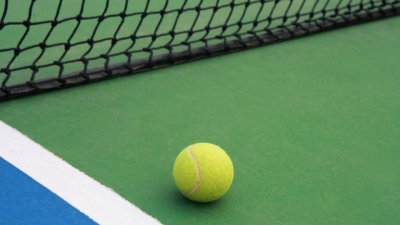Deepika Kumari reclaims world number one ranking
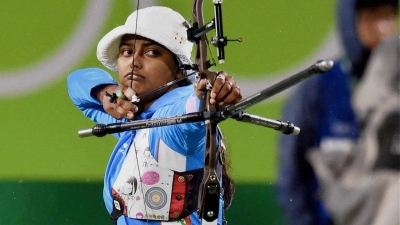
India's Deepika Kumari has achieved the number one ranking in women's recurve again, meaning she is the world number one at the Tokyo 2020 Olympic Games.
Deepika got to the mark in style, having won all three gold medals on offer at the third stage of the 2021 Archery World Cup.
Deepika Kumari reclaimed the world number one ranking in the recurve women section of archery by winning her second individual gold of the season. Deepika had won gold in the first stage of the 2021 Archery World Cup held in Guatemala City, Guatemala in April and moved to the top with another gold in the third stage at Paris, France.
Apart from the individual gold that helped her back to the number one spot in the rankings, Deepika was instrumental in India grabbing gold medals in the recurve team events at the third stage of the 2021 Archery World Cup. India finished first in the women's team and mixed team events.
Deepika was previously ranked world number one in 2012, ahead of her first Olympics Games in London, England. Before reclaiming the number one spot in June 2021, the last time she held the position was eight years back in June 2013.
In the mixed team event, Deepika partnered with her husand Atanu Das. Deepika and Atanu defeated Sjef Van Den Berg and Gaby Schloesser of the Netherlands, winners of the previous leg in Laussane, Switzerland, 5-3.
The women's team of Deepika, Ankita Bhakat and Bari Komalika defeated top-seeded Mexico 5-1 in the final for their second recurve women's team gold medal this season after Guatemala.
In both the mixed and women's team events, Deepika shot the decisive last arrows in the competition.
Picture Credit : Google
